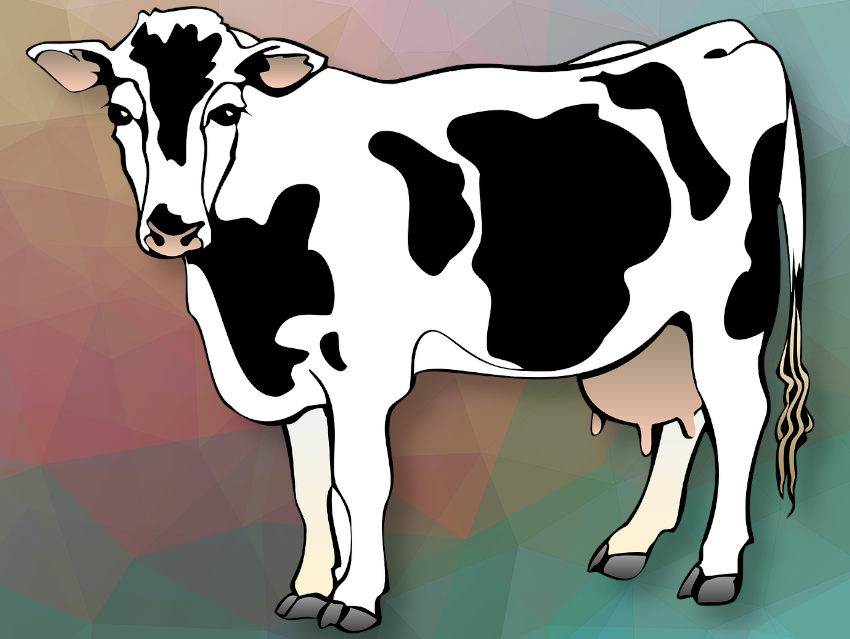Otavio M. Ohashi, Federal University of Pará, Brazil, and colleagues have created a transgenic cow that produces milk with proinsulin (the protein precursor of the active form of insulin) and insulin. Using transgenic animals as bioreactors to produce proteins of pharmaceutical interest has been proposed as an efficient alternative to increase protein production while reducing costs.
The researchers used a pseudo-lentivirus, commonly used in gene therapy and gene editing experiments to introduce genetic material into target cells, to introduce specific genetic sequences into adult fibroblast cells. Adult fibroblast cells are connective tissue cells that are essential for producing the extracellular matrix and collagen that maintain tissue structure. They are used extensively in research for cell culture, tissue engineering, and genetic modification studies. The researchers used the bovine β-casein promoter, a regulatory region that controls gene expression, along with human insulin sequences. The goal of this approach was to manipulate the fibroblast cells to produce insulin for therapeutic purposes in conditions such as diabetes.
These modified cells were then used for nuclear transfer to create transgenic embryos, which were then implanted into regular Brazilian cows. This resulted in one pregnancy. The team confirmed this using Western blotting and mass spectrometry techniques to confirm that the transgenic cow’s milk contains recombinant proteins, specifically proinsulin and insulin.
Mass spectrometry analysis also revealed a higher concentration of human insulin compared to proinsulin in the milk, suggesting effective processing of the recombinant protein. In addition, the presence of milk proteases capable of both processing and degrading the recombinant protein was identified. Mass spectrometry was found to be an efficient tool for detecting low expression recombinant proteins in milk.
Insulin and proinsulin levels reached a few grams per liter of milk. Because lactation was hormonally induced and the cows produced less milk than expected, the researchers could not accurately estimate total insulin production during a standard lactation period. However, they are hopeful for improved results with complete lactation cycles in the next generation.
- Human proinsulin production in the milk of transgenic cattle,
Paulo S. Monzani, Juliano R. Sangalli, Rafael V. Sampaio, Samuel Guemra, Renato Zanin, Paulo R. Adona, Maria A. Berlingieri, Luiz F. C. Cunha-Filho, Irma Y. Mora- Ocampo, Carlos P. Pirovani, Flávio V. Meirelles, Matthew B. Wheeler, Otavio M. Ohashi,
Biotechnol. J. 2024.
https://doi.org/10.1002/biot.202300307




